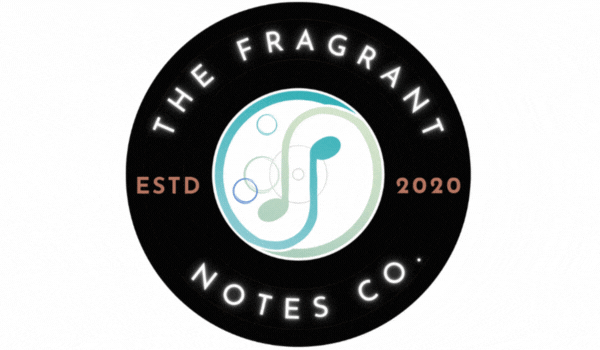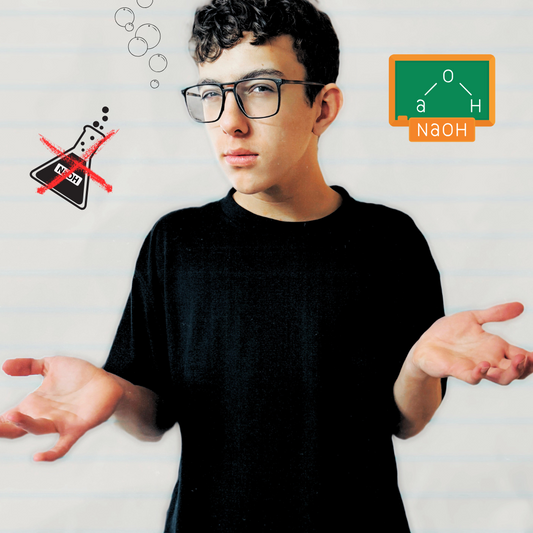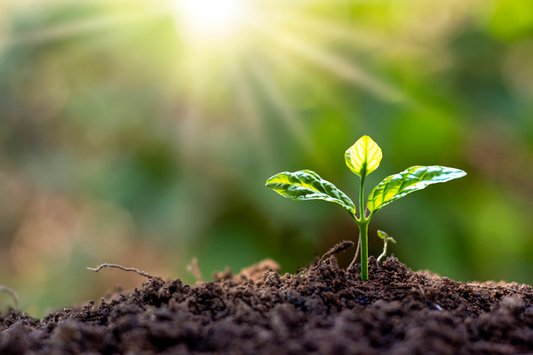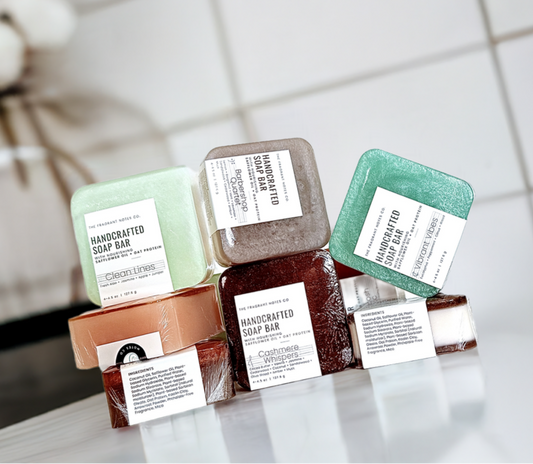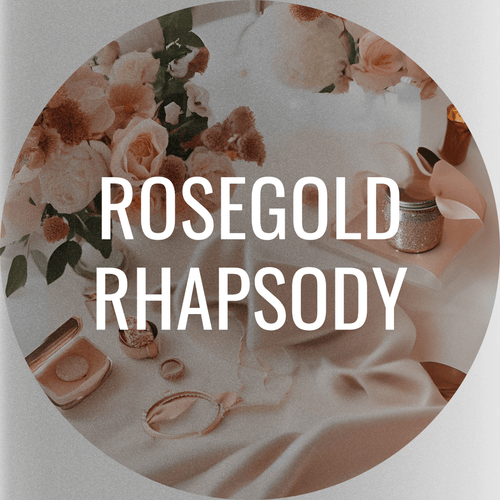Can Soap Be Made Without Using Lye? Unveiling Myths + Truths
Soap-making is an art that blends science + creativity. Many wonder, "Can you make soap without sodium hydroxide (lye)?" This question often comes from a desire for natural + safe skincare.
Traditional, real soap can be a sensory delight. Essential oils, natural fragrances + herbs can add fragrance + color, enhancing the experience.
Safety is very important if you want to learn how to make traditional soap.
Taking the right steps will help you have a safe + fun experience.
Understanding how lye works can help clear up any confusion + help us make better choices.
Embrace the world of natural, traditional, real soap + discover the joy of scented self-care.
In this article, we will explore some some myths + facts. We will also discuss safe + effective methods of working with lye in the soap industry.
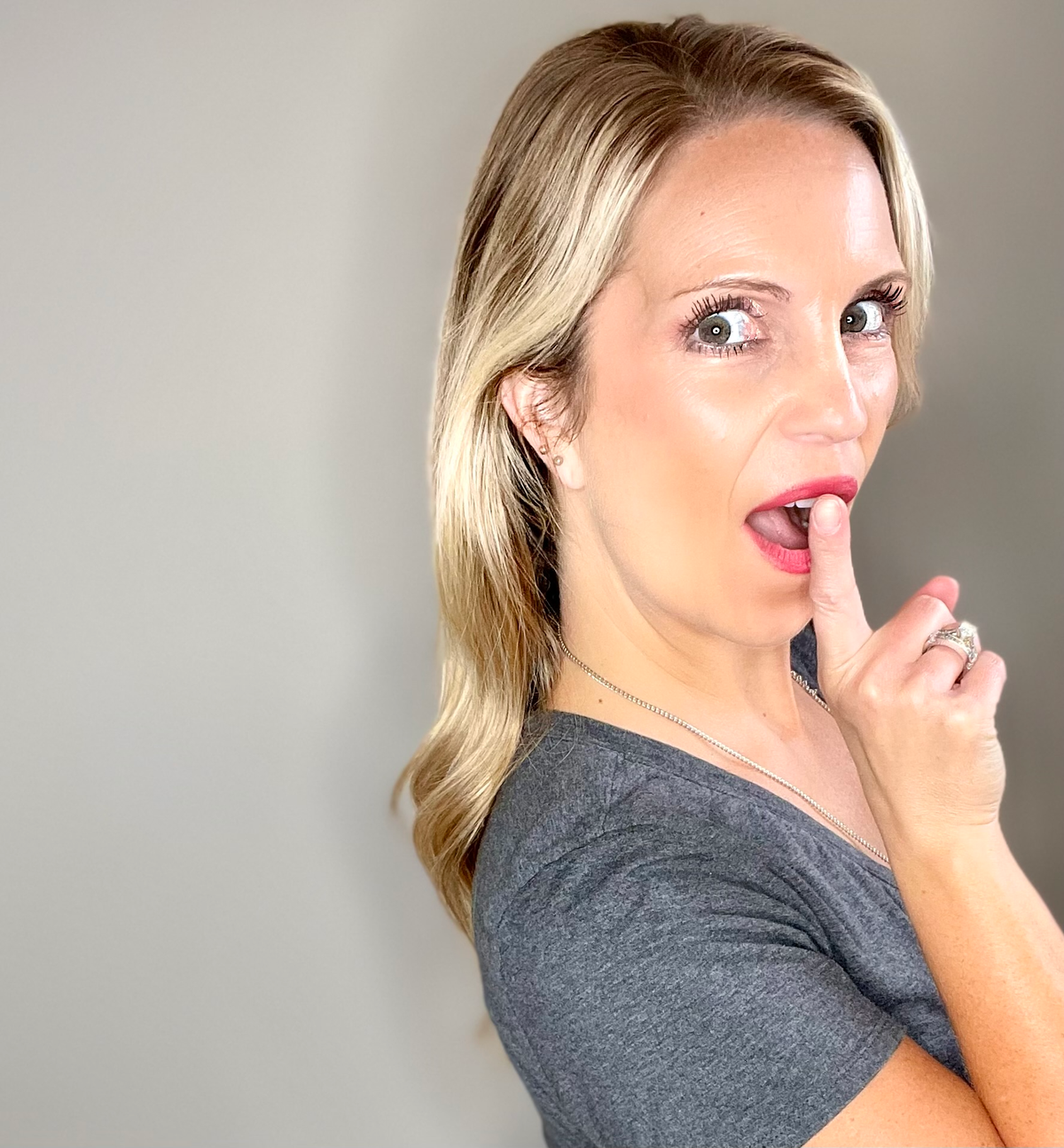
The Truth About Lye: What Is It + Why Is It Used in Soap?
Lye is an essential component in making soap. It is a strong alkaline compound often known as sodium hydroxide. What does alkaline mean? Glad you asked!
Without going into an entire chemistry lesson, for the sake of this article, let's touch on the main points!
On the ph scale in the chemistry world, we have 'alkaline, neutral + acidic'. Alkaline (or, 'basic') is an adjective that describes a substance that is the opposite of acidic. We know about common acidic foods, like lemons + limes.
Pure water is an example of a neutral substance + baking soda is another example of an alkaline.
Even though it may seem intimidating, lye is crucial for what is called the saponification process. Saponification is the process where fats + oils mix with lye to create soap.
Without lye, oils wouldn't transform into the cleansing soap bars we use every day. It is very important, even if it feels overwhelming.
Here’s a quick breakdown of its purpose:
- Transforms Ingredients: Converts fats + oils into soap.
- Essential Component: Without lye, traditional soap cannot form.
- Entirely Consumed: Properly made soap contains no lye residue.
In traditional soap making, lye is necessary. The neat part of it - when the process is finished - there is no lye left; it has completely changed into soap!
It’s important to approach handling lye with care. Soap can be made safely by taking the right precautions.
Understanding lye can help explain what it does + why it is important.
"Without lye, oils wouldn't transform into the cleansing soap bars we use every day."
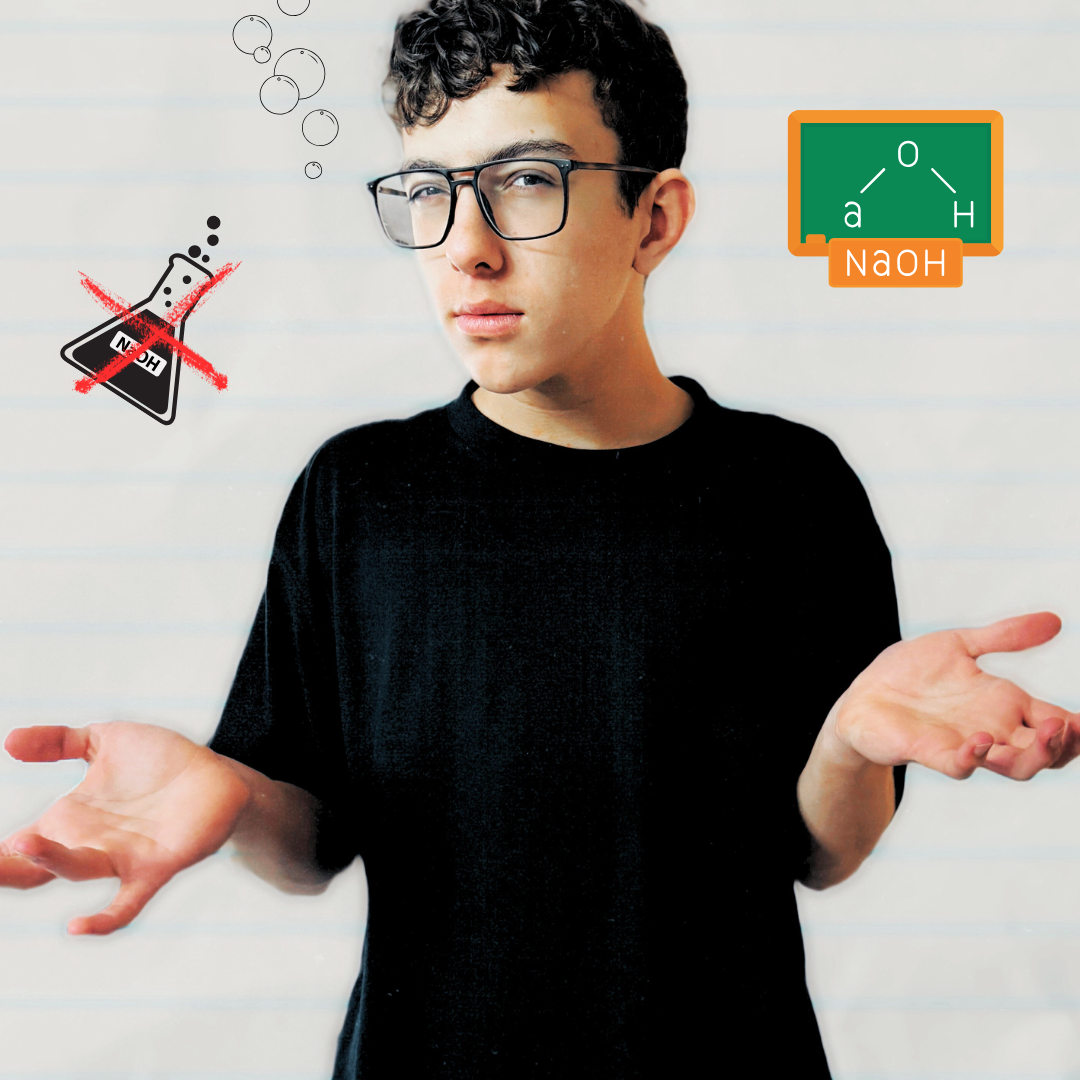
Can You Make Soap Without Using Lye? Debunking the Myths
A common question is, "Can you make soap without using lye?" The short answer is no, not in the traditional sense. This myth springs from a misunderstanding of soap chemistry, in which we will go more into below.
To clarify, let's address a few common myths:
- Myth 1: Soap can be made without lye.
- Truth: Lye is essential for soap production.
- Myth 2: Soap contains lye after curing.
- Truth: Proper curing removes all lye residue from your finished soap bar.
Knowing these specifics helps you appreciate the skills that go into making soap. It also ensures you're choosing authentic natural, real soap-not detergents.
"When diving into real soap-making, safety is a top priority."
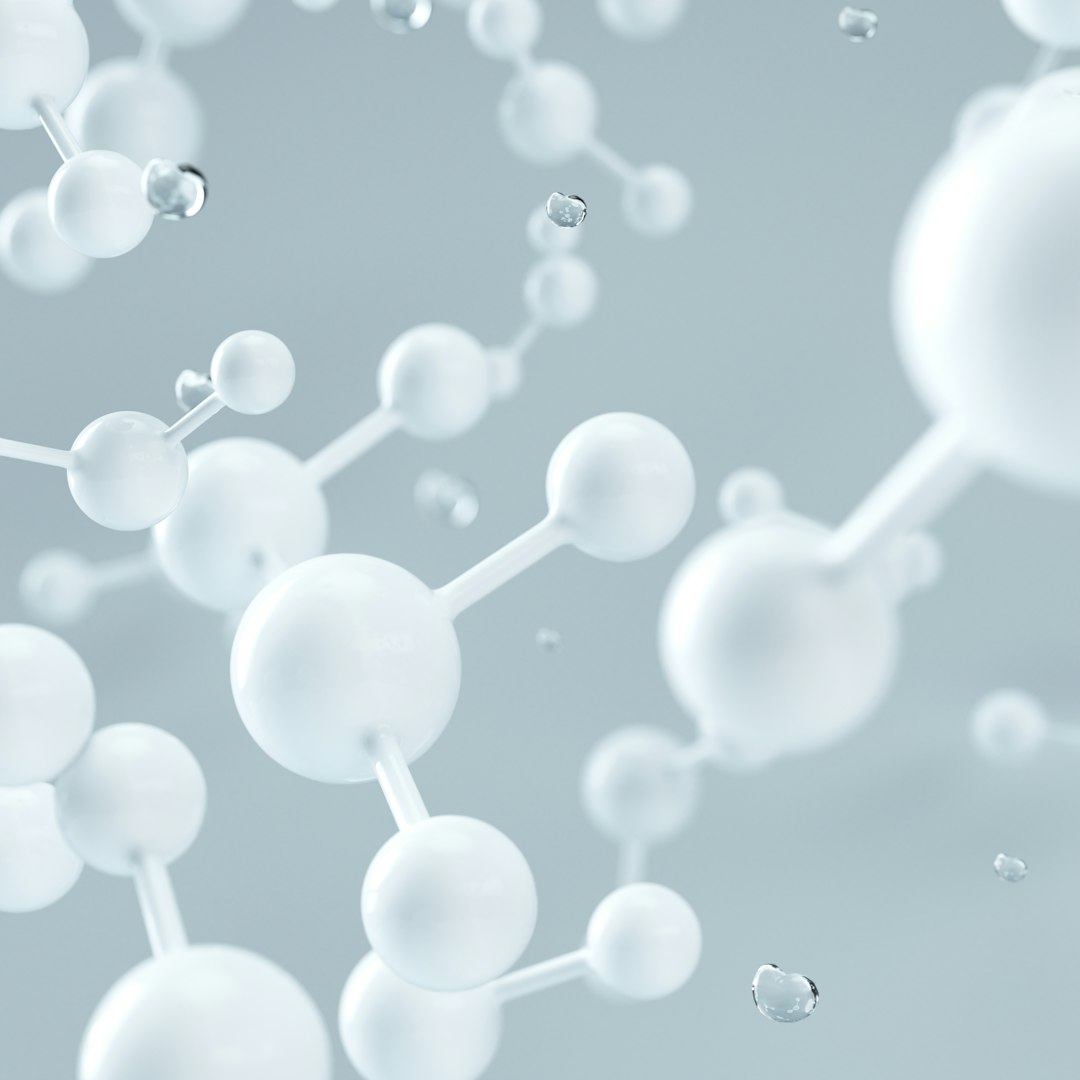
The Chemistry Behind Soap Formation
Like we mentioned before, soap is the result of a chemical reaction between lye + fats. This essential reaction, saponification, yields soap + glycerin.
It's important to know that the transformation won't be finished without lye.
Every real bar of soap - not '*beauty bar' - is made through this chemical reaction. Without it, the process simply cannot occur.
A *'beauty bar,' often found on store shelves marketed as 'soap,' is not made in the usual way. It usually is made up of detergents, so it cannot be officially called 'soap'.
This chemical process involves several key steps:
- Chemical Reaction: Lye + fats react, starting saponification.
- Soap Formation: Fatty acids become soap molecules.
- A natural byproduct, glycerin, forms + moisturizes.
Once saponification occurs, the soap is safe for use, containing no active lye. This makes it easier to understand how soap is made + highlights its beautiful transformation!
Safety First: What to Know If You Want to Try Real, Traditional Soap-Making
When diving into real soap-making, safety is a top priority. Lye, or sodium hydroxide, is essential in making soap from scratch.
Handling lye requires caution. It is a caustic substance that can cause burns if mishandled.
Always work in a well-ventilated area. This stops any fumes from being inhaled while mixing lye.
It is important to have the right equipment. Wearing gloves + goggles shields your skin + eyes from accidental splashes.
Here are some safety tips to consider:
- Protective Gear: Wear gloves, long sleeves + goggles
- Work Area: Ensure it is ventilated + clutter-free
- Mixing Tools: Use heat-resistant materials like stainless steel
Understanding chemical reactions aids in a safe soap-making experience. It’s worth remembering once that saponification occurs, no lye remains in the finished soap.
Following these safety steps helps build trust + gives you peace of mind if you ever decide to give soaping a try.
"Understanding chemical reactions aids in a safe soap-making experience."

The Music of Soap-Making: Creativity, Harmony + Self-Care
Creating soap is like creating music; both requiring creativity + careful attention to detail. Each ingredient, like a note, contributes to the symphony of the final product.
The scents, colors + textures form a harmony. This brings joy + relaxation, similar to a favorite song that soothes your soul.
Creating soap can be both thoughtful + soothing. It allows you to immerse yourself in creating something beautiful + unique.
The sounds of pouring, stirring + mixing can create a soothing rhythm.
It fosters a sense of balance + peace, much like a calming melody.
In the end, using handmade soap is a treat for the senses. It enhances self-care routines + makes a melodic experience of delight every time.
"Creating soap is like creating music..."
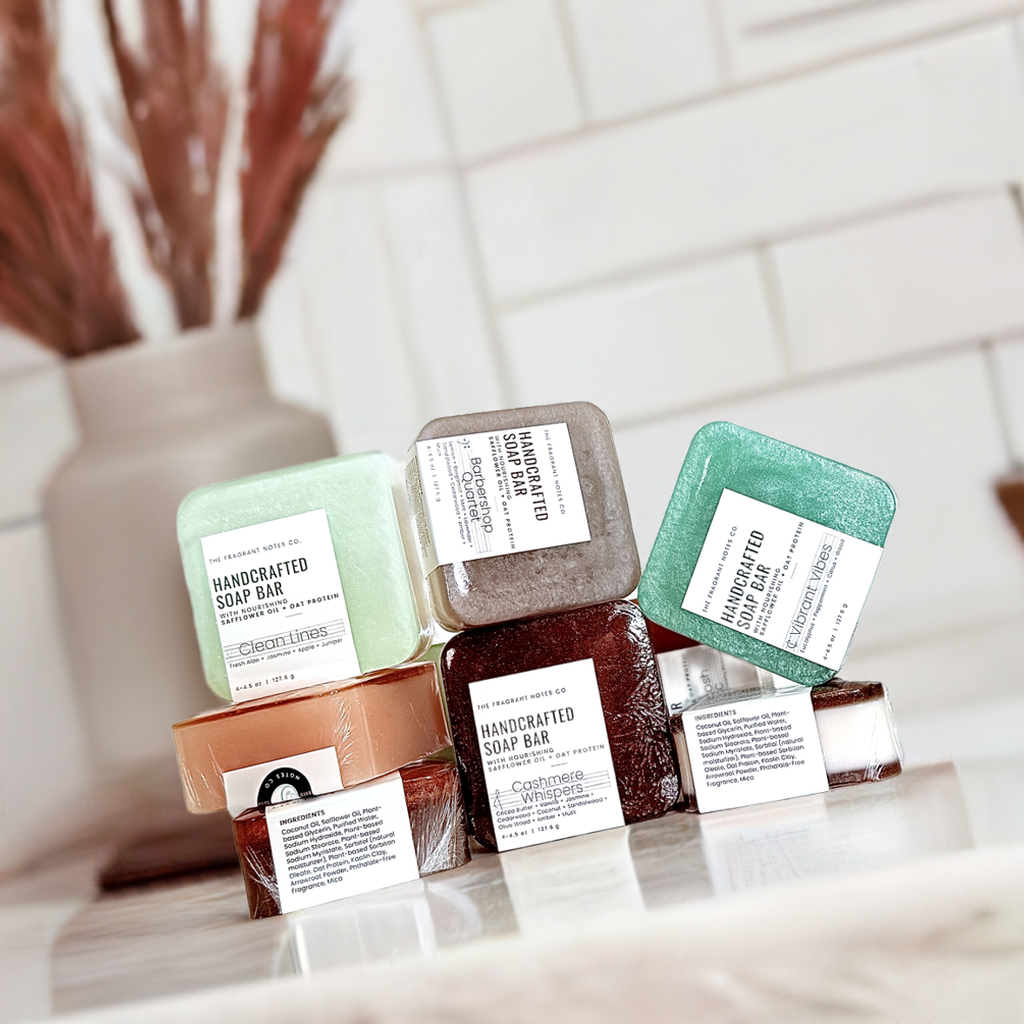
Choosing the Best Natural, True Soap: What to Look for as a Conscious Consumer
In today's world, choosing a natural made soap means being an informed shopper.
Start by examining the ingredients list. Opt for soaps that are free from phthalates, sulfates + parabens.
Next, check for cruelty-free or organic labels. This will help you make sure the product follows certain environmental + ethical standards.
Consider the source of the ingredients. Sustainable sourcing + fair trade practices benefit the environment + promote ethical production.
Checklist for Conscious Consumers:
- Ingredients free from toxic chemicals
- Cruelty-free or organic
- Sustainably sourced materials
- Natural essential oils + fragrances
- Clear + transparent labeling
"Using natural soap reduces exposure to harmful chemicals."
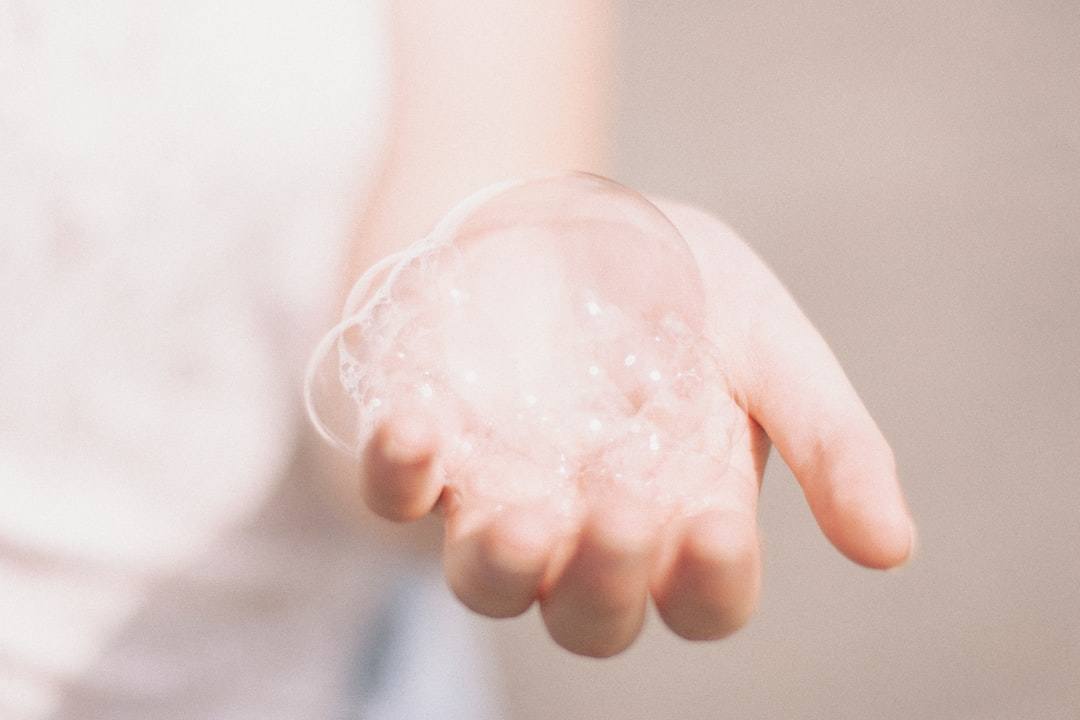
Frequently Asked Questions About 'Soap With No Lye'
'Can soap be made without sodium hydroxide ('lye')?'
While it's a common question, true soap cannot be made without lye. Lye plays a key role in turning oils into soap through the process of saponification.
'Is lye present in the final product?'
No, lye is not present in finished soap. During saponification, lye completely reacts with oils + doesn't remain in the product.
Final Thoughts: Embracing Natural, Real Soap + the Joy of Scented Self-Care
Natural, real soap offers a simple pleasure in our busy lives. With each use, it provides nourishment + a fragrant escape. It's a sensory journey that brightens daily routines.
Choosing soaps made with care + thoughtful ingredients helps us appreciate the natural beauty that God has given us.
It also helps + supports artisans who care about quality + who value natural, authentic soap.
Dive into the world of scented self-care + cherish the joy it brings. Let each shower or bath become a moment of harmony + personal reflection. Feel refreshed + alive every single time you cleanse!
Related: Benefits of Using Natural Soap Daily , How To Choose the Right Natural Body Soap
